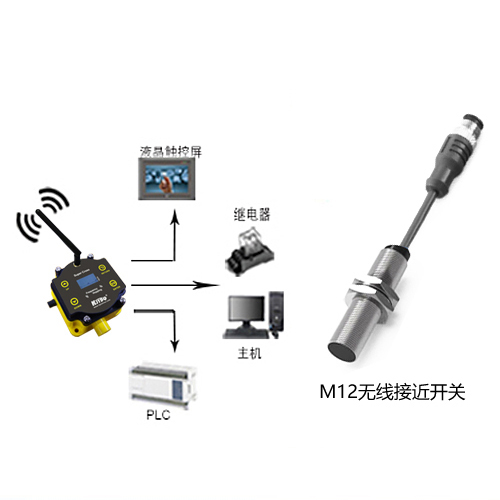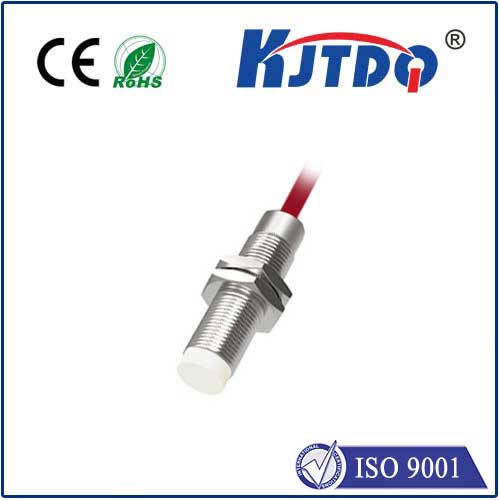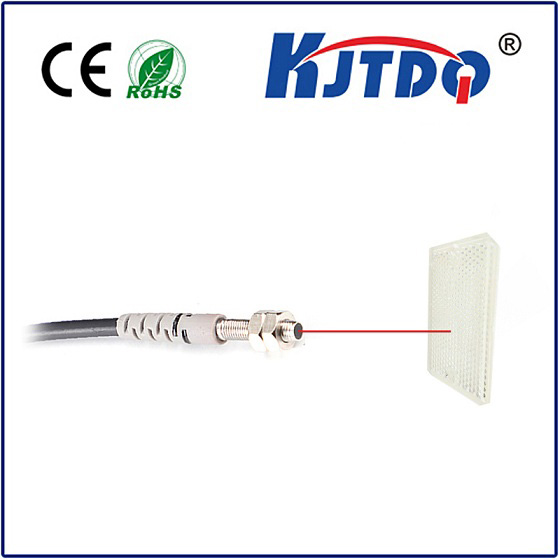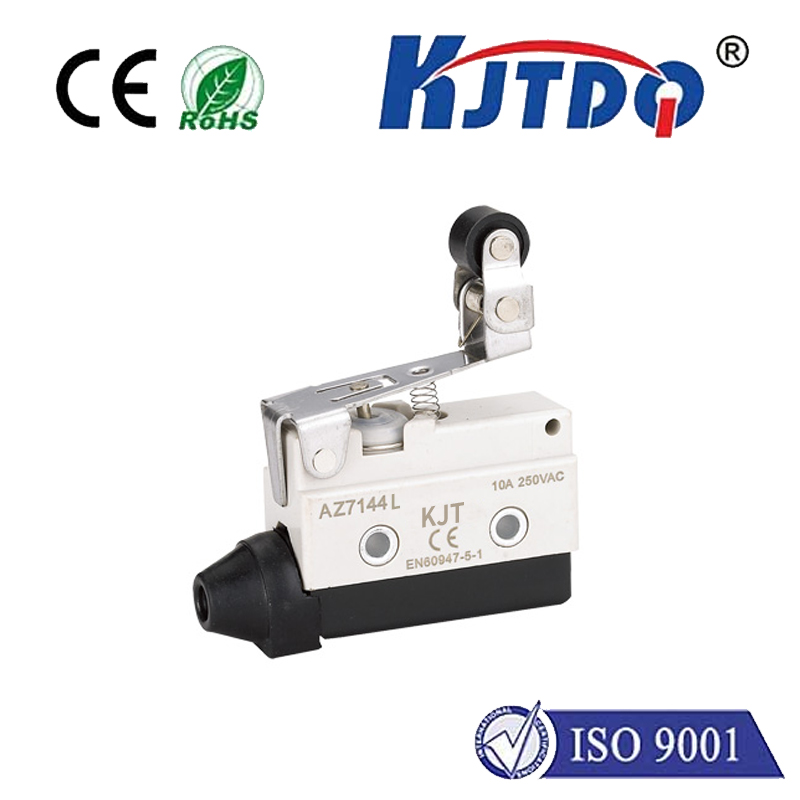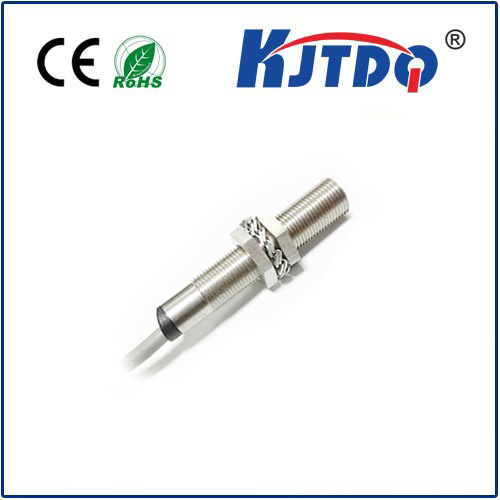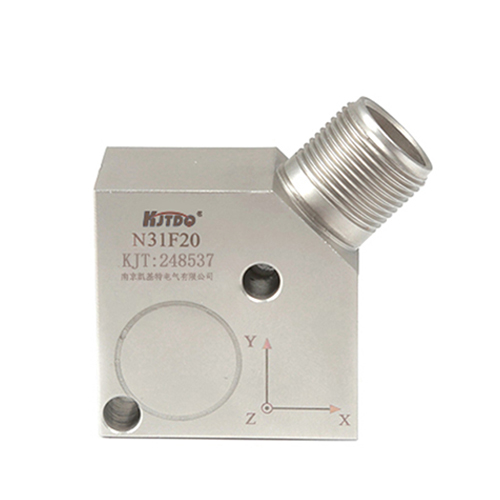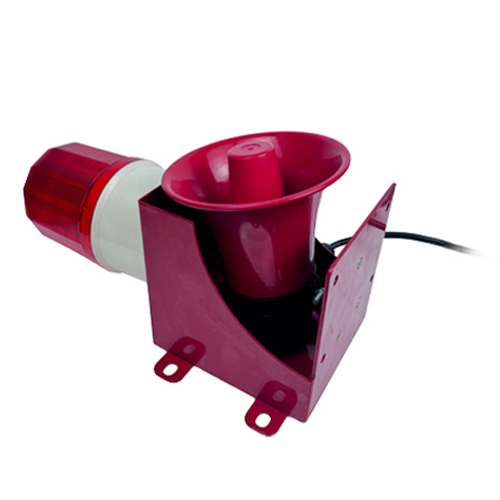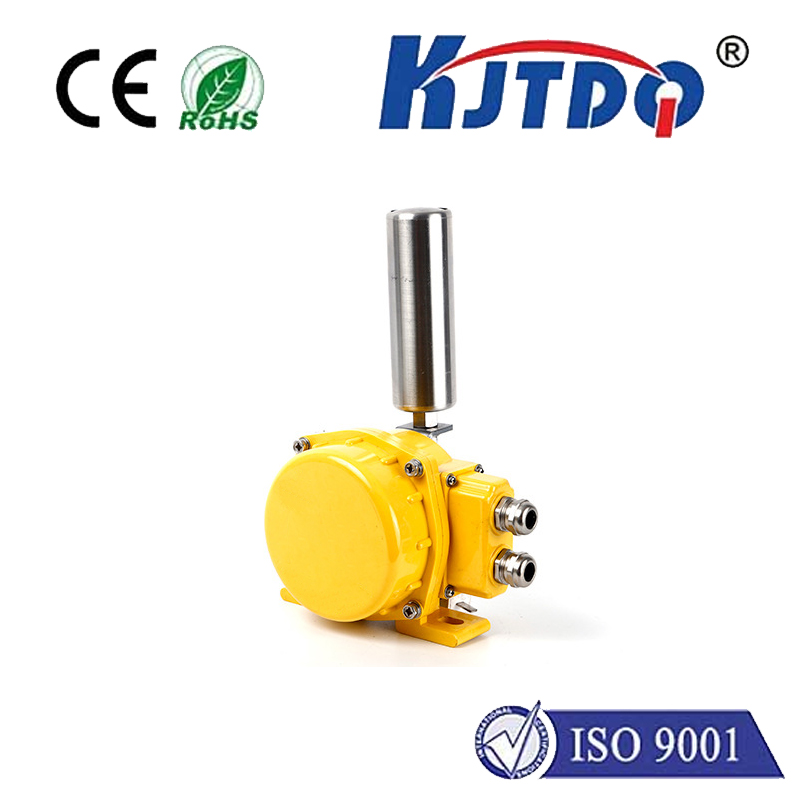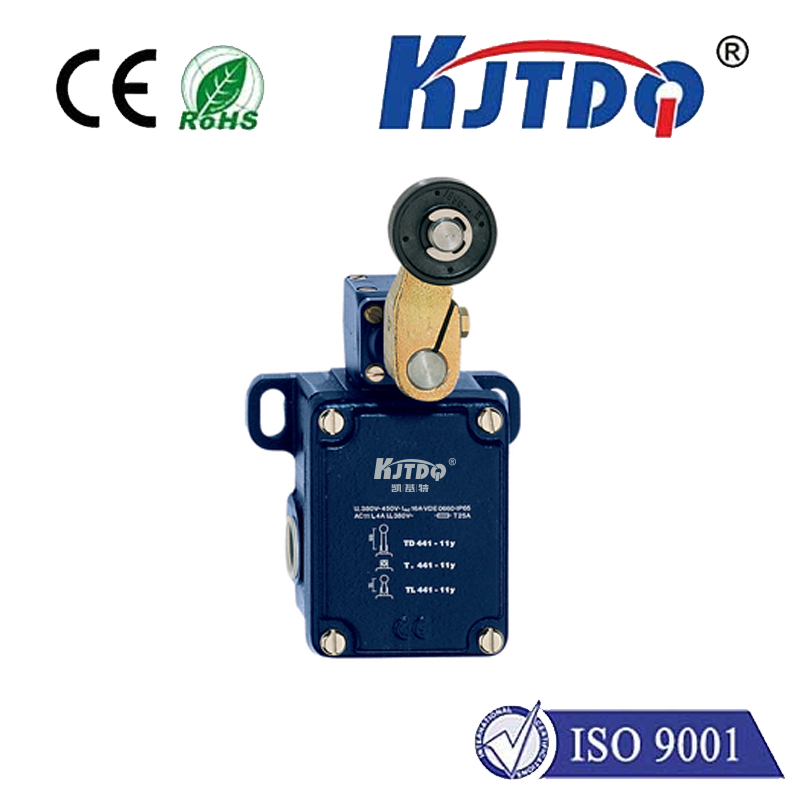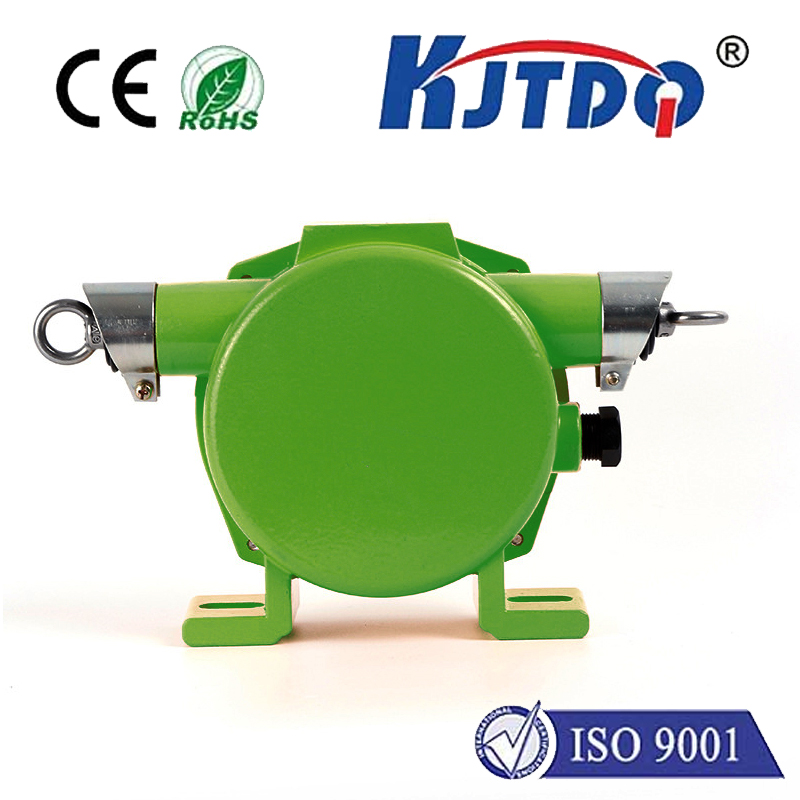magnetic prox sensor
- time:2025-06-13 03:55:01
- Click:0
Magnetic Proximity Sensors: The Unseen Sentinels of Automation and Safety
Ever wondered how elevators know exactly when to stop at your floor? Or how a robotic arm precisely halts before crashing into a barrier? Often, the silent hero enabling these feats is the magnetic proximity sensor. These robust and reliable devices are fundamental building blocks in countless modern systems, operating tirelessly behind the scenes to detect presence without physical contact. Understanding their operation, strengths, and diverse applications reveals why they remain a cornerstone of industrial automation, security, and everyday technology.
Decoding the Core Principle: Magnetism at Work
At its heart, a magnetic proximity sensor (often shortened to “magnetic prox sensor” or “magnetic prox switch”) detects the presence or absence of a magnetic field generated by a specific target. This target is typically a permanent magnet strategically mounted on the object being monitored. The sensor itself contains a sensitive magnetic field detection element.
When the target magnet moves within a certain distance – the sensor’s specified sensing range – it triggers a change in the sensor’s internal state. This change is converted into an electrical signal output. Crucially, this detection happens contactlessly. There’s no mechanical wear between the sensor and the target, contributing significantly to their legendary durability and long operational life.

Key Technologies Inside: Inductive vs. Reed Switch
While the core goal is magnetic field detection, different underlying technologies achieve this:
- Reed Switch Sensors: These employ tiny, hermetically sealed glass tubes containing flexible ferromagnetic metal reeds. When an external magnetic field of sufficient strength enters the reed switch’s proximity, the reeds are magnetized, attracting each other and closing an electrical circuit. When the magnet moves away, the reeds spring back, opening the circuit. Simple, cost-effective, and reliable, reed switch sensors are widely used but have limitations in switching speed, shock/vibration resistance, and physical size.
- Solid-State Sensors: Primarily utilizing Hall effect or magnetoresistive (GMR, TMR) technologies, these sensors offer advanced performance. A Hall effect sensor generates a voltage proportional to the strength and polarity of an applied magnetic field perpendicular to its sensing surface. Magnetoresistive sensors change their electrical resistance in response to a magnetic field. Solid-state sensors provide faster switching speeds, smaller sizes, higher sensitivity, greater resistance to shock and vibration, and the ability to detect very specific field characteristics. They dominate demanding modern applications.
Core Advantages: Why Choose Magnetic Prox?
The widespread adoption of magnetic proximity sensors is driven by several compelling benefits:
- Contactless Operation: Eliminates wear and tear, ensuring extreme longevity and minimal maintenance needs – often lasting millions of operational cycles.
- Sealed Construction: Typically rated IP67 or higher, magnetic prox sensors excel in harsh, dirty, dusty, or wet environments where physical contact sensors or optical sensors (like photoelectric sensors) would fail.
- Insensitivity to Target Material: Unlike inductive proximity sensors, which require conductive metal targets, magnetic prox sensors detect only the magnetic field. They work flawlessly regardless of the target magnet’s surrounding material (plastic, aluminum, stainless steel, wood, etc.), or surface contamination (oil, grease, grime).
- Reliable Position Detection: Excellent precision and repeatability for position feedback tasks (e.g., cylinder piston position, door open/closed status, valve position).
- Simple Installation: Usually comprising just the sensor and the target magnet, installation is straightforward. Polarity detection is often unnecessary for basic presence/absence tasks.
- Intrinsically Safe Options: Available for use in hazardous environments like chemical plants or mining.
Where Silent Detection Powers Progress: Key Applications
The versatility of magnetic proximity sensors sees them deployed across numerous sectors:
- Industrial Automation: The undisputed backbone. Used for cylinder position feedback on pneumatic/hydraulic actuators, verifying machine guarding/shield position, detecting end-of-travel limits on conveyors and slides, part presence detection in assembly lines, and rotational speed sensing via gear tooth counting. Their resilience in dirty factories is unmatched.
- Automotive: Critical for gear position sensing in transmissions, brake pedal position, suspension travel limits, seat belt buckle detection, hood/trunk/door closure status, and within various actuators. Their reliability under harsh vehicle conditions is paramount.
- Security and Access Control: Integrate seamlessly into door and window sensors within alarm systems, detecting opening/closing. Used in gate position monitoring and access point verification.
- Medical Devices: Found in safety interlocks on scanning equipment (MRI doors), adjustable bed/chair position control, and fluid level sensing where non-contact and sealed operation is essential.
- Consumer Electronics and Appliances: Enable lid closure detection in washing machines, position detection in robotic vacuum cleaners, and safety cut-offs in power tools.
- HVAC Systems: Monitor damper positions and actuator status within ventilation systems.
- Transportation: Used in railway systems for train detection points and track switching confirmation. Crucial for elevator floor leveling and door safety edges.
- Emerging Technologies: Facilitate position sensing in robotic arms and drones (e.g., landing gear deployment), and alignment verification in wireless charging systems for Electric Vehicles.
Choosing the Right Magnetic Prox Sensor: Key Considerations
Selecting the optimal sensor requires evaluating several factors:
- Sensing Distance (Sn): The nominal range at which the sensor reliably detects the target magnet. Ensure the magnet approaches within this distance reliably.
- Operating Principle: Reed switch for cost-sensitive, lower-speed applications; Hall effect or MR for higher performance, speed, and durability.
- Output Type: DC voltage outputs (PNP/NPN transistor), analog outputs (voltage/current proportional to field strength), or digital (switched ON/OFF).
- Housing Material and Protection Rating (IP): Stainless steel for corrosive environments; PBT plastic for general use. IP67/IP68/IP69K ratings essential for washdown or outdoor use.
- Mounting Style: Threaded barrels (M5, M8, M12, M18), rectangular block types, or slot-in designs. Consider space constraints.
- Electrical Specifications: Supply Voltage (e.g., 10-30V DC), output current capacity, switching frequency.
- Special Requirements: High temperatures (up to 150°C+ available), ATEX certification for hazardous areas.
Conclusion: The humble magnetic proximity sensor is a testament to elegant engineering solving complex problems. Its ability to provide robust, contactless position feedback in the most challenging conditions makes it an indispensable tool across countless industries. As technology evolves, solid-state variants offer ever-greater precision and miniaturization, ensuring the magnetic prox sensor continues to be the unseen sentinel safeguarding operations and enabling automation for decades to come. Whether confirming a safety guard is latched or precisely positioning a robotic arm, these sensors deliver reliable performance where it matters most.






